News Beat
News Beat reporting is an idrw.org initiative to let our Readers to report News Based on Actual facts but some how has not been reported in Main Stream Media .
SOURCE: RAUNAK KUNDE / NEWS BEAT / IDRW.ORG
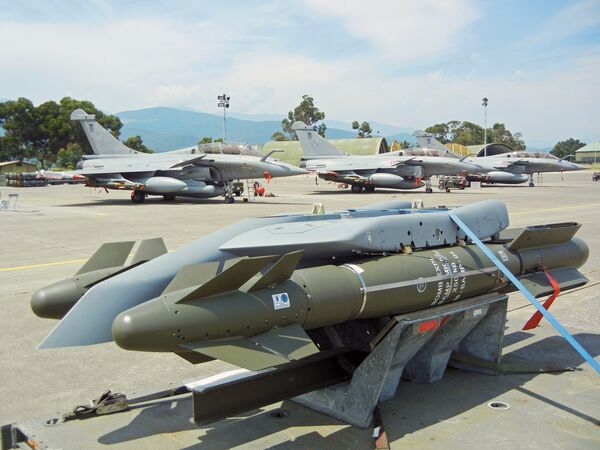

To extend the operational relevance of its Mirage-2000 fleet, the Indian Air Force (IAF) is planning to integrate advanced munitions currently deployed on its Rafale jets, including the SCALP-EG long-range cruise missiles and Hammer precision-guided smart bombs. This modernization initiative is aimed at reinforcing the Mirage-2000’s capabilities as a frontline fighter until it is phased out over the next decade, by which time the domestically developed Tejas MkII is expected to assume a similar role.
The Mirage-2000 fleet, one of the most reliable platforms in the IAF’s inventory, already utilizes the Israeli SPICE-2000 smart bomb kit. However, integrating the SCALP-EG and Hammer bombs will provide it with advanced, battle-proven firepower that complements the existing arsenal.
Continue readingSOURCE: RAUNAK KUNDE / NEWS BEAT / IDRW.ORG
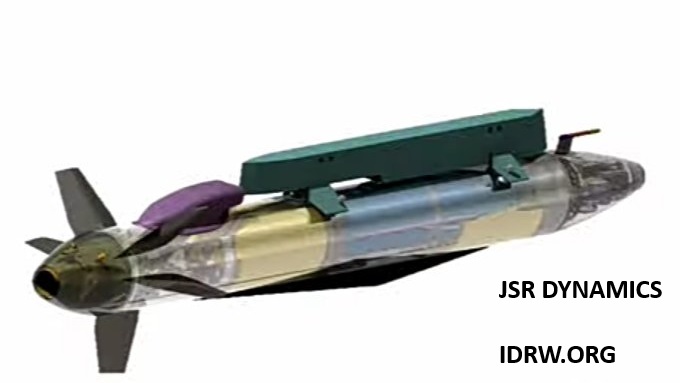

JSR Dynamics Private Limited, a leading Indian aerospace and defence company, has announced its ambitious plans to develop a cutting-edge jet-powered bomb. This innovative weapon system is designed to significantly enhance the range and precision of conventional bombs.
By equipping standard bombs with a powerful jet engine, JSR Dynamics aims to significantly increase their effective range. This engine-assisted propulsion system will enable these munitions to strike targets at greater distances, offering strategic advantages on the battlefield.
Continue readingSOURCE: RAUNAK KUNDE / NEWS BEAT / IDRW.ORG


The Kalyani Group has recently emerged as the lowest bidder (L1) in the Indian Army’s procurement program for the Advanced Towed Artillery Gun System (ATAGS) 155x52mm artillery gun, while the Tata Group has been designated as the second-lowest bidder (L2). This contract represents a major milestone in India’s Indigenous defence manufacturing efforts, particularly as ATAGS is poised to become the backbone of India’s artillery modernization strategy.
With a substantial order of 307 units, 184 of which will be manufactured by Kalyani Group, the company is well-positioned to further establish itself as a leading player in global artillery systems, buoyed by a recent order for 84 ATAGS units from Armenia. The deal with Armenia marked the gun’s first international export, setting the stage for more foreign sales as the Kalyani Group holds talks with multiple countries interested in the ATAGS platform.
Continue readingSOURCE: RAUNAK KUNDE / NEWS BEAT / IDRW.ORG
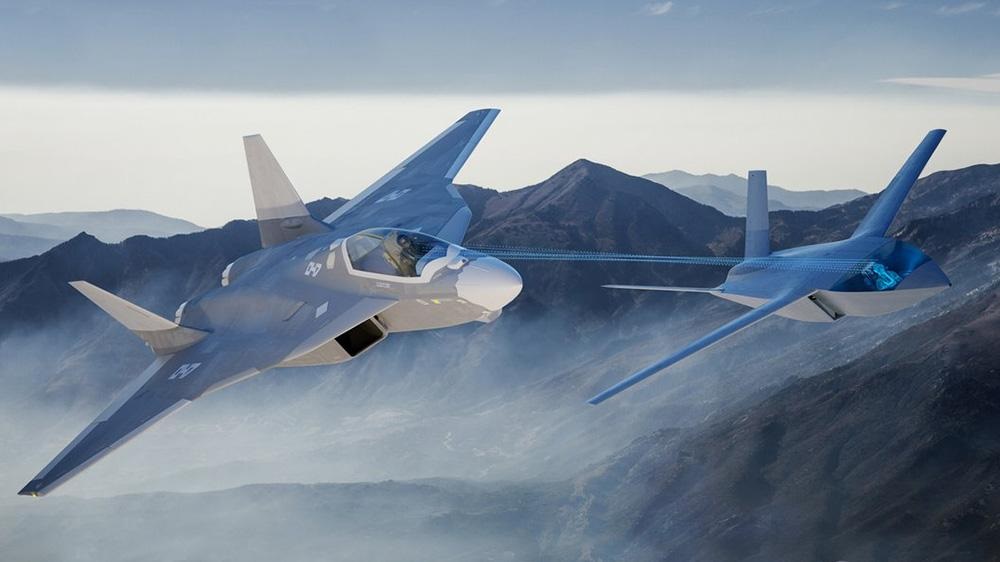

In a significant development for India’s defence and aerospace industry, Germany is in talks with partner nations that could allow India to join the 6th-generation Future Combat Air System (FCAS), or Système de Combat Aérien du Futur (SCAF) program, as an observer country.
However, before India can gain this status, Germany needs approval from France and Spain, both of whom are co-developers in the program. If granted observer status, India would gain unique insights into the development of a next-gen fighter system while also opening up opportunities for its private sector to participate in the program’s supply chain.
Continue readingSOURCE: RAUNAK KUNDE / NEWS BEAT / IDRW.ORG


Boeing Defense has indicated that it may soon withdraw its F/A-18 Block III Super Hornet from contention in the Indian Air Force’s (IAF) Multi-Role Fighter Aircraft (MRFA) tender for 114 jets. This potential decision comes as Boeing faces the prospect of shutting down the Super Hornet production line by 2027, primarily due to a lack of new orders and limited interest from potential international customers. Consequently, Boeing is shifting its focus to the F-15EX, a platform it hopes will have broader appeal in India and other markets.
In response to reduced demand, Boeing has already planned a gradual winding down of its F/A-18E/F Super Hornet production line in St. Louis. Initially scheduled for closure in 2025, a recent order from the U.S. Navy for 17 additional Super Hornets has extended production to early 2027. These new aircraft are expected to be delivered from late 2026 through spring 2027. However, the limited contract represents the final push for the Super Hornet, and Boeing has been slowing the production rate, from two aircraft per month to around one-and-a-half, as it prepares to transition its workforce toward other programs.
Continue readingSOURCE: RAUNAK KUNDE / NEWS BEAT / IDRW.ORG


In a significant development for India’s artillery modernization program, Tata Advanced Systems Ltd (TASL) has agreed to match the lowest bid (L1) price set by Bharat Forge Ltd for the ?6,000 crore contract to supply 307 Advanced Towed Artillery Gun Systems (ATAGS) to the Indian Army. The contract will now be split between the two companies, both of which were development partners of the gun, in a 60:40 ratio.
Bharat Forge, which emerged as the L1 bidder, will produce 184 ATAGS units, while TASL will manufacture 123 units. The split, based on their contributions to the gun’s development under the Defence Research and Development Organisation (DRDO), will see Bharat Forge handling a larger share of the order valued at over ?4,000 crore, while TASL will manufacture guns worth approximately ?2,000 crore.
Continue readingSOURCE: RAUNAK KUNDE / NEWS BEAT / IDRW.ORG
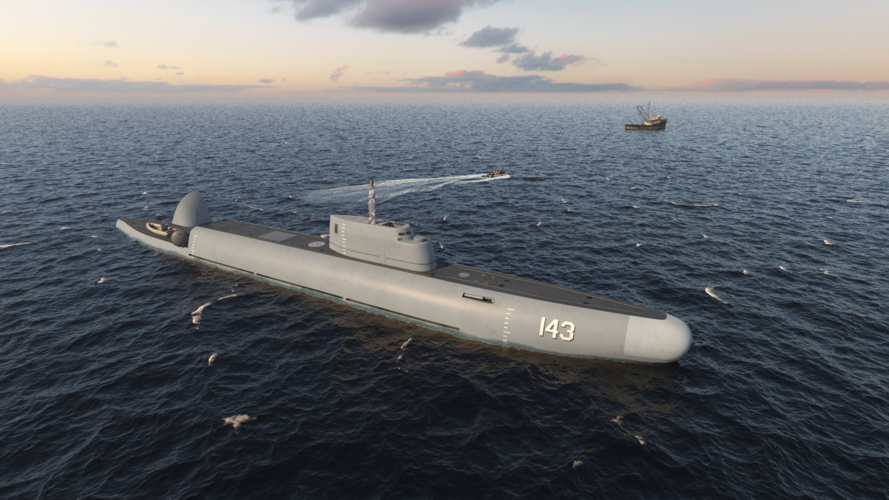

Rubin Design Bureau, a prominent Russian shipbuilding company, has presented the Indian Navy with an innovative hybrid vessel concept known as the Border and Offshore Submersible Sentry (BOSS). The BOSS project, which uniquely merges the functions of a submarine with those of a surface patrol vessel, aims to fulfil both peacetime and combat roles for the Indian Navy or Coast Guard. With a particular focus on multi-functionality, BOSS could serve as an asset for anti-submarine warfare, surveillance, and training missions.
The BOSS vessel represents the largest variant in Rubin’s hybrid fleet, with an impressive length of 72 meters and a surface displacement of approximately 1,300 tons. Its considerable size enables it to host a range of capabilities typically reserved for specialized military platforms.
Continue readingSOURCE: RAUNAK KUNDE / NEWS BEAT / IDRW.ORG


In a bid to meet the Indian Air Force’s (IAF) requirement for additional airborne warning and control systems (AWACS), Bombardier Defense has proposed its Global 6000 business jet as a base platform for the Netra Mk1A, India’s next-generation indigenous AWACS. The IAF currently operates three Netra Mk1 AWACS based on the Embraer ERJ145 platform and had planned to acquire six more of the upgraded Netra Mk1A systems. However, production of the ERJ145 has been discontinued, raising challenges for the IAF in procuring new units on this platform.
Despite the Bombardier Global 6000’s advanced capabilities and proven role in similar configurations like the Saab GlobalEye, sources indicate that the IAF may still pursue the used ERJ145 market to maintain fleet commonality with its existing Netra Mk1 units.
Continue readingSOURCE: RAUNAK KUNDE / NEWS BEAT / IDRW.ORG


In a significant boost to India’s Indigenous defence production capabilities, the Gas Turbine Research Establishment (GTRE), a key R&D arm of the Defence Research and Development Organisation (DRDO) will be getting Limited scale production of the Small Turbofan Engine (STFE) from Private sector company by early 2026.
The 400-kg thrust class Small Turbofan Engine (STFE) developed by GTRE is specifically designed for subsonic Cruise missiles and UAVs. Subsonic cruise missiles are used to deliver warheads over long distances and can carry either conventional or nuclear warheads. They fly at speeds below the speed of sound, typically around 0.8 Mach and the same engine will also be used on the SwiFT UAVs to serve in various roles, including intelligence gathering, surveillance, and reconnaissance, making them indispensable for military operations that demand agility, precision, and endurance.
Continue readingSOURCE: RAUNAK KUNDE / NEWS BEAT / IDRW.ORG
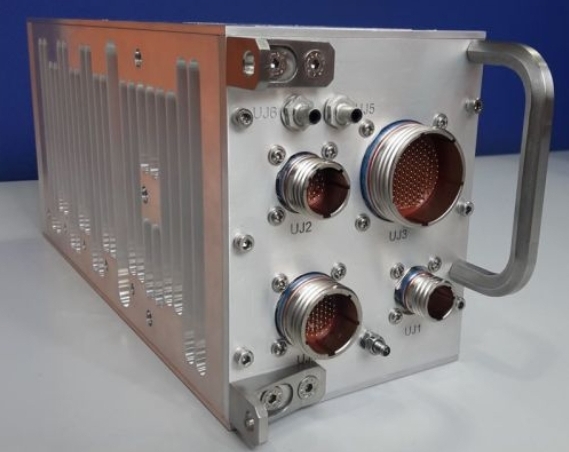

In a strategic move to enhance the combat capabilities and reliability of the Indian Air Force’s (IAF) Su-30MKI fleet, Hindustan Aeronautics Limited (HAL), in collaboration with the original equipment manufacturer (OEM) in Russia, is set to undertake an ambitious upgrade program. Dubbed the “Super Sukhoi” project, the modernization will encompass various critical system upgrades, including a significant overhaul of the fly-by-wire (FBW) system, which has been identified as a crucial area for improvement.
This step comes a decade after former Chief of the Air Staff, Air Chief Marshal N.A.K. Browne, highlighted a “design flaw” in the Su-30MKI’s FBW system. In 2012, Air Chief Marshal Browne raised concerns about the FBW issue and noted that this problem had been escalated to the design agency in Russia. The enhancement of the FBW system in the Super Sukhoi configuration aims to rectify these issues, improve reliability, and enable advanced combat capabilities.
Continue readingSOURCE: RAUNAK KUNDE / NEWS BEAT / IDRW.ORG
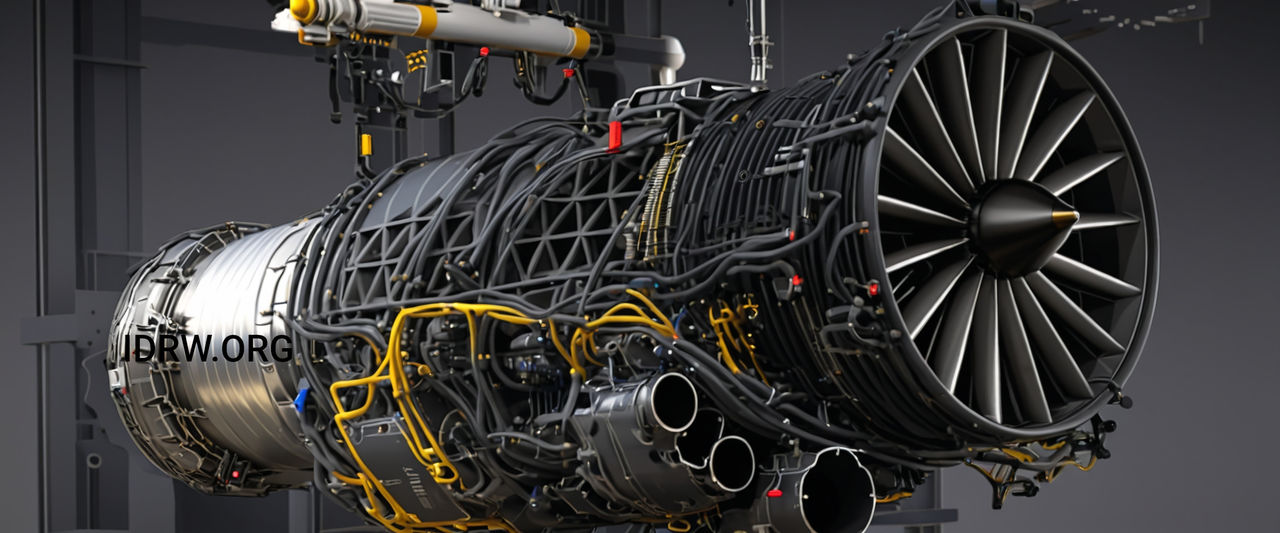

Hindustan Aeronautics Limited (HAL) is finalizing an agreement with GE Aerospace to commence local manufacturing of the F-414 engines in its Bangalore facility. This production effort is crucial for equipping the Indian Air Force’s (IAF) upcoming fleet of Tejas MkII and AMCA MkI aircraft. Once the deal is concluded—expected by the end of this year—HAL aims to produce the first “Made in India” F-414 engine within three years.
HAL is setting up an annual production capacity of approximately 30 F-414 engines at full scale, a significant milestone that will contribute to India’s self-reliance in defence manufacturing. Under the agreement, around 80% of the F-414 engine components will be manufactured domestically, with HAL developing specialized capabilities to meet this requirement. This local production marks a strategic leap, aligning with India’s “Aatmanirbhar Bharat” initiative and aiming to reduce dependency on foreign imports for critical defence technology.
Continue readingSOURCE: RAUNAK KUNDE / NEWS BEAT / IDRW.ORG


The Indian Air Force (IAF) is exploring cutting-edge technology to revolutionize its maintenance and inventory management systems. Aimed at enhancing operational efficiency and reducing costs, this initiative involves creating digital twins of aircraft parts, implementing advanced scanning technologies, and leveraging artificial intelligence (AI) for inventory optimization. Air Marshal Mohan recently outlined the IAF’s vision, highlighting the move from traditional hardware tree maintenance systems to predictive, data-driven solutions that promise to streamline and optimize aircraft maintenance.
In the current maintenance management system, each aircraft component is mapped in a “hardware tree” structure that catalogues the thousands of individual parts, like engine components, required for operational readiness. However, the IAF envisions an upgrade—where aircraft systems will be able to interact directly with a digital hardware tree and a digital twin, thereby transforming maintenance from reactive to predictive.
Continue readingSOURCE: RAUNAK KUNDE / NEWS BEAT / IDRW.ORG


Larsen & Toubro (L&T), one of India’s leading defense manufacturers, has announced a partnership with Advanced Weapons and Equipment India Limited (AWEIL) to jointly bid for the Indian Army’s prestigious Towed Gun System (TGS) project. The collaboration aims to offer the Dhanush 155x52mm towed howitzer, which will be locally manufactured by L&T if the bid is successful.
The TGS tender, initially for 400 units, is a critical part of the Indian Army’s modernization plan, with the potential to expand to 1,200 units in subsequent phases. The selected howitzer will become the backbone of the Army’s artillery, replacing aging systems with advanced, indigenously built platforms.
Continue readingSOURCE: RAUNAK KUNDE / NEWS BEAT / IDRW.ORG
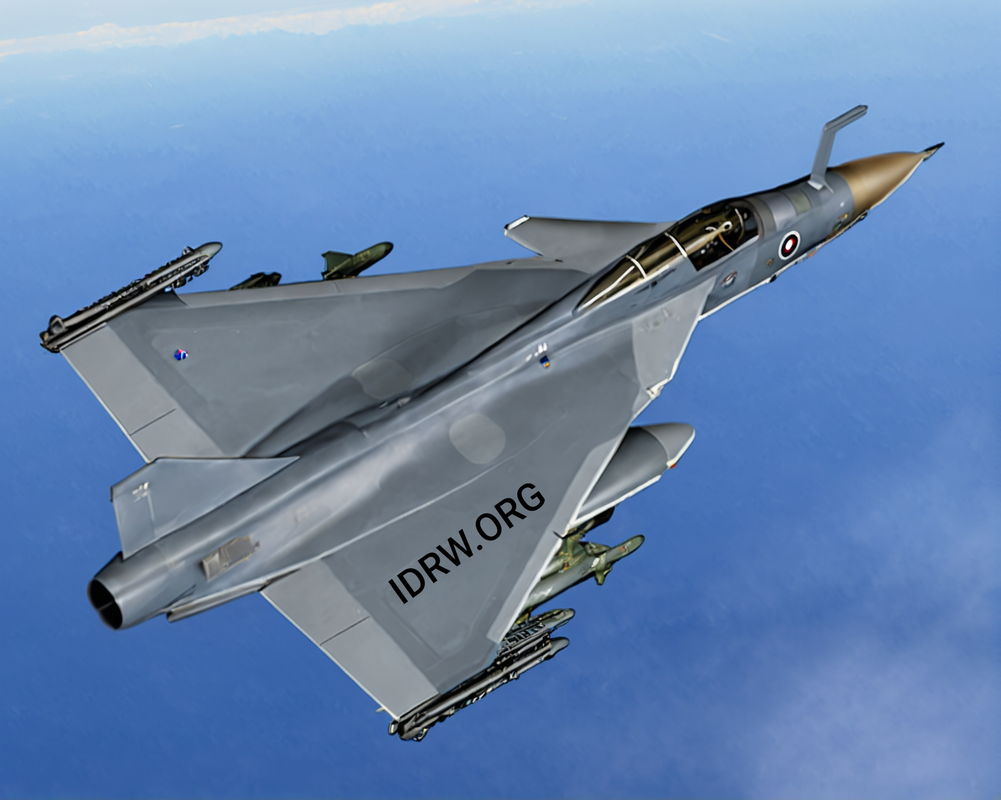

The Aeronautical Development Agency (ADA) has announced that the first prototype vehicle of the Light Combat Aircraft (LCA) MkII will be equipped with Line Replaceable Units (LRUs) common to the LCA MkI. This strategic decision aims to accelerate the prototyping process and begin initial trials without waiting for the development of LRUs designed for future platforms.
While the LCA MkII will initially rely on proven LRUs from the MkI variant, these components are expected to be replaced during the production phase with state-of-the-art LRUs under development for the Advanced Medium Combat Aircraft (AMCA) program.
Continue readingSOURCE: RAUNAK KUNDE / NEWS BEAT / IDRW.ORG


India’s Defence Research and Development Organisation (DRDO) has successfully tested a long-range hypersonic missile, marking a pivotal moment in India’s defense capabilities. This groundbreaking weapon system has the potential to redefine strategic security dynamics in the Indian Ocean Region (IOR), offering India unparalleled abilities in sea denial and commerce protection.
The hypersonic missile’s success underscores its significance as a consequential weapon for India’s defense and regional influence. Capable of reaching speeds greater than Mach 5, it offers superior range, precision, and survivability compared to conventional missiles.
Continue reading